Many people have started to practice yoga recently for many different reasons. Mostly, yoga is considered to be good for stress relief, but many studies have proved that yoga has other therapeutic benefits.
Depending on the yoga exercises and the level of the practitioner, some yoga poses can even fight anxiety and improve mental health. Evidence suggests that yoga can be helpful for anxiety and depression since it acts like meditation and relaxation exercises.
How does yoga reduce stress and anxiety, actually?
Harvard Medical School writes about the way yoga supports mental health. Namely, when we practice yoga, our heart rate slows down and we breathe more easily. One study even proved that yoga practitioners have higher pain tolerance as a result of practicing yoga.
Another study showed the positive benefits yoga can have on individuals suffering from emotional distress or depression. Women who had experienced emotional distress practiced yoga for 90 days for the purposes of the study. At the end of the experiment, the participants noticed improvements regarding depression, but also anxiety, stress, and even fatigue.
Controlled breathing is the basic and key feature of every yoga exercise. Several studies have proven the good benefits of controlled breathing, especially in the fight with depression, stress, and anxiety.
Moreover, yoga can be practiced at all ages. Indeed, the oldest yoga teacher is 98 years old! However, not everyone is advised to practice all forms of yoga.
Beginners yoga for anxiety and depression.
For the beginners who want to fight anxiety and stress, here are yoga poses that are proved to be effective in supporting mental health.
Before you start
You will need a yoga mat and private space to exercise in peace. Before you start with the exercises, it’s good to warm up. Stretch your arms above the head while your hands are laced together and your feet are apart.
Then, stretch your body putting your arms down and behind you and stretching them. Then, move on to the ground, putting your knees on the mat and your buttocks on the heels. Your forehead rests on the ground, and your arms are resting next to your feet. This exercise relaxes the spine and stretches the whole body.
1.Standing forward bend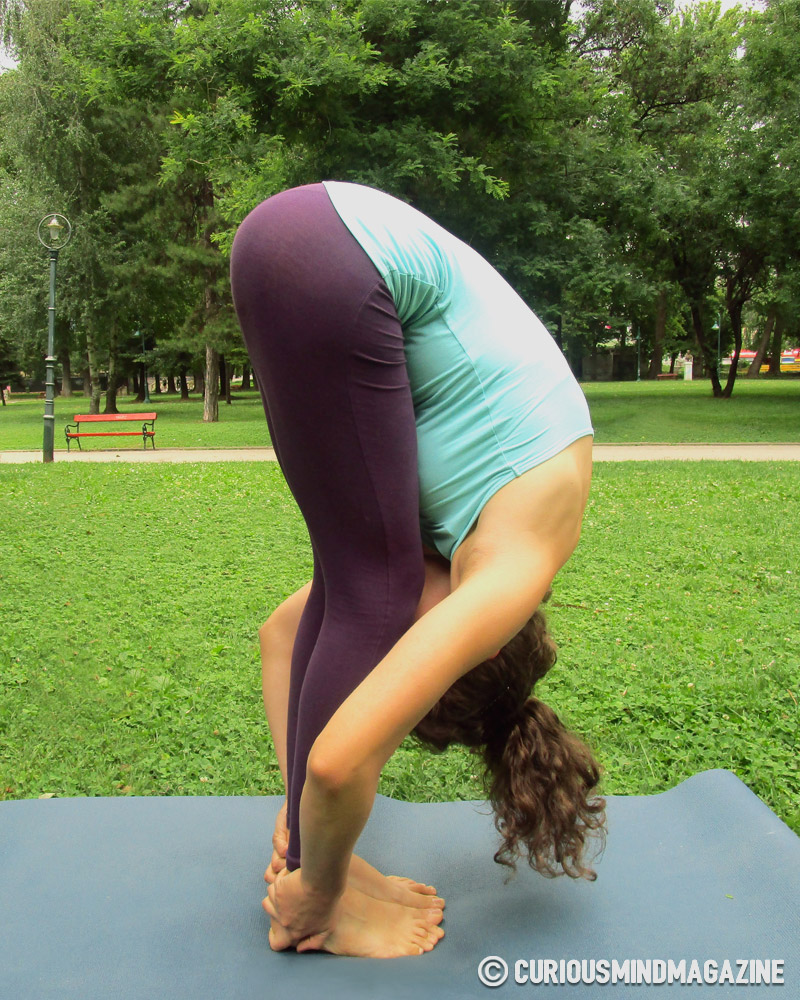
You’re standing with your feet apart. Place your arms straight above, while your palms face inwards. Breathe in while you’re stretching your spine. Breathe out and bring the hands down next to your feet while you’re bringing the hips forward.
2. Seated Twist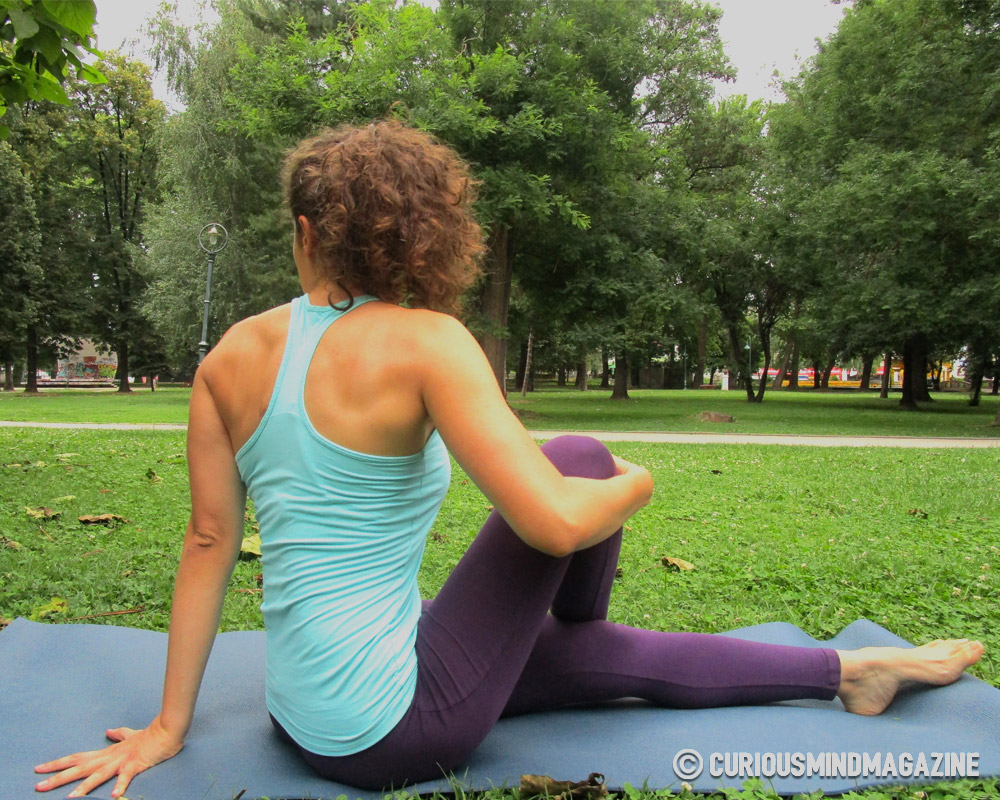
This exercise can be really relaxing. Lie on your back while your whole body is relaxed. Then, get into a seated position and stretch your back placing your arms out to the sides.
3. Extended puppy pose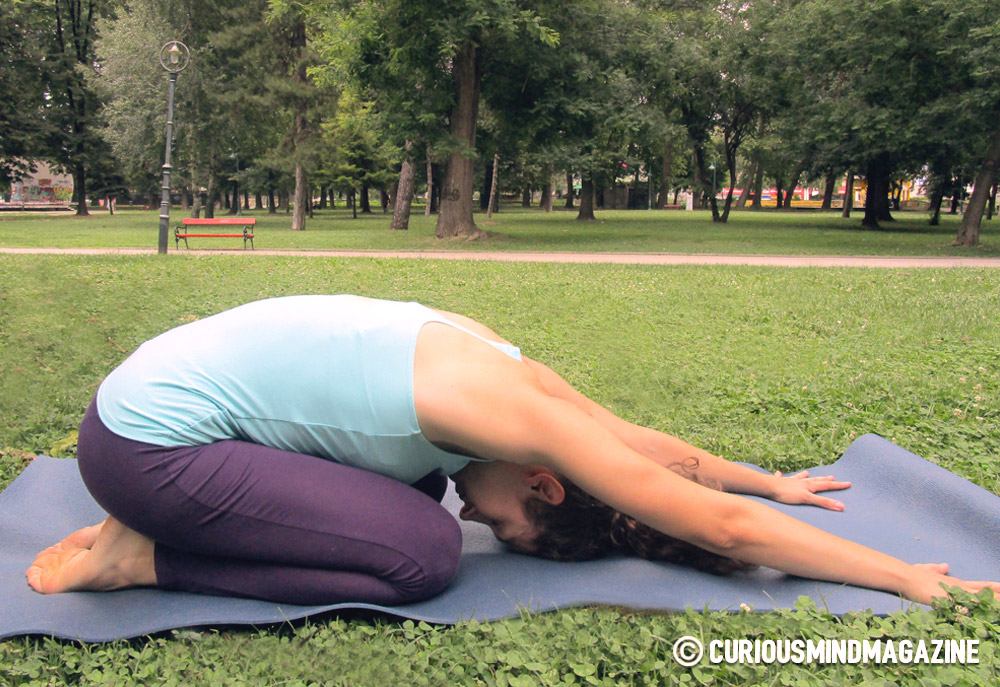
This beginner exercise is extremely good for stress relief as it relaxes the body and calms the mind. Start in the position of Downward facing dog and slowly move your chest down, making sure the arms are straight the whole time. Once you get to the floor, hold the position while keeping your forehead on the floor and hips on the heels.
4. Happy baby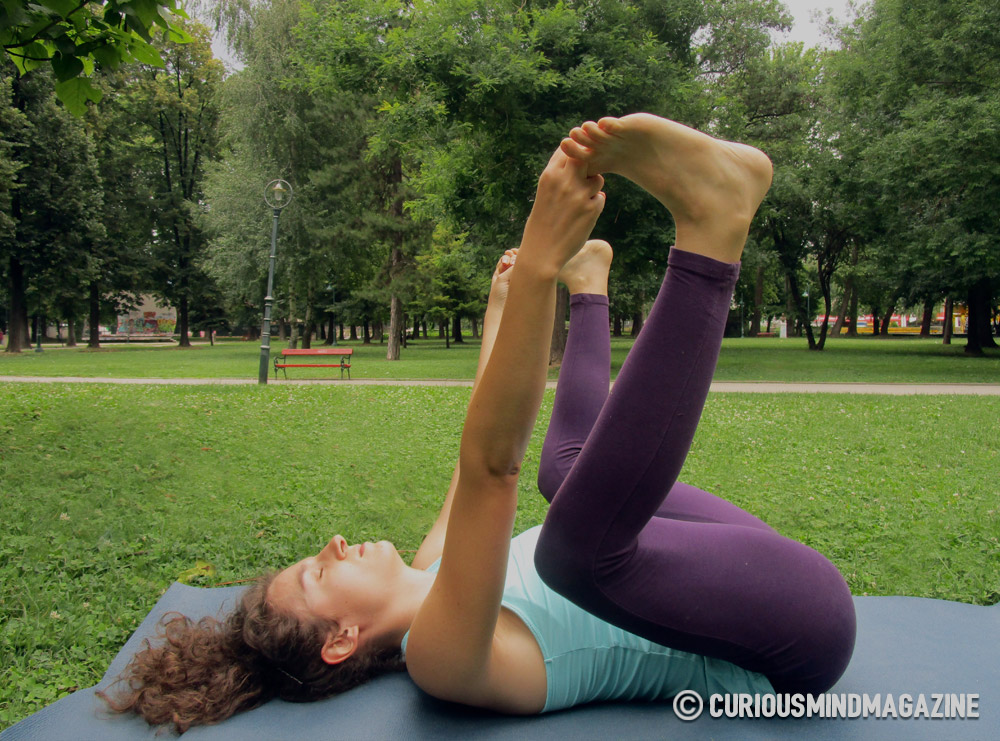
Just like the name suggests, this pose resembles a happy baby, the feet being up and the knees touching the stomach. You can support your feet with the hands, as long as your knees are wide open. Hold the position to stretch the spine and relax.
6. Legs up the wall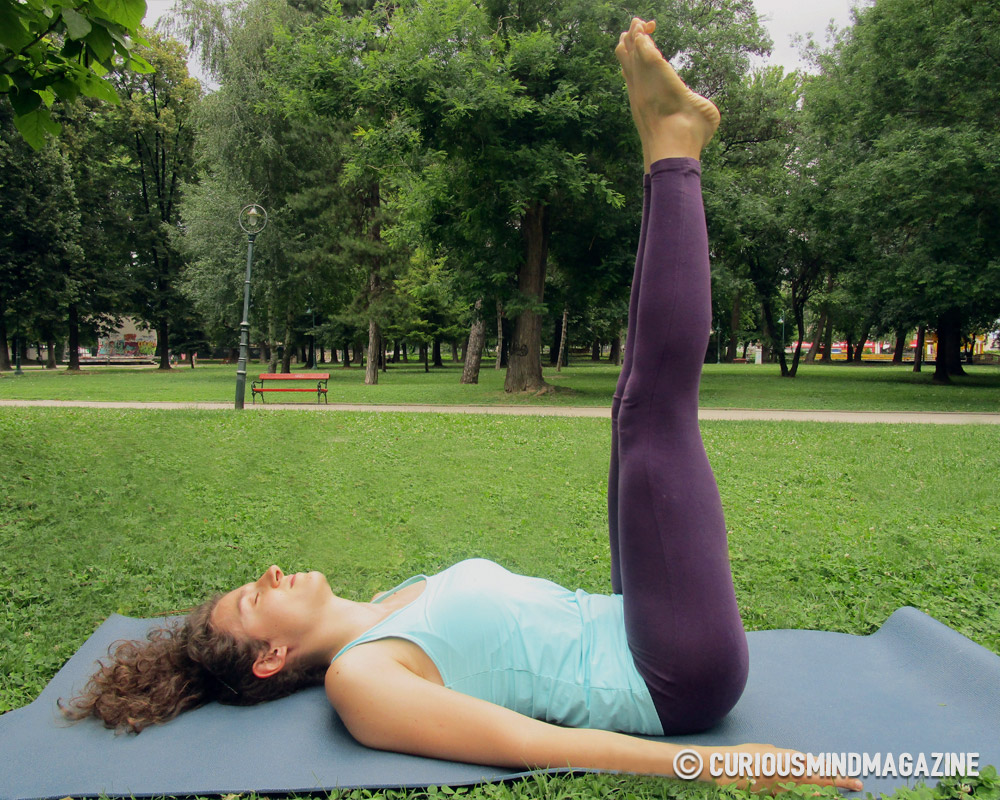
Lie on your back facing a wall and place your legs on the wall so that you create a 90-degree angle with the legs. This exercise is recommended after hard physical activities and improves the sleep.
7. Corpse pose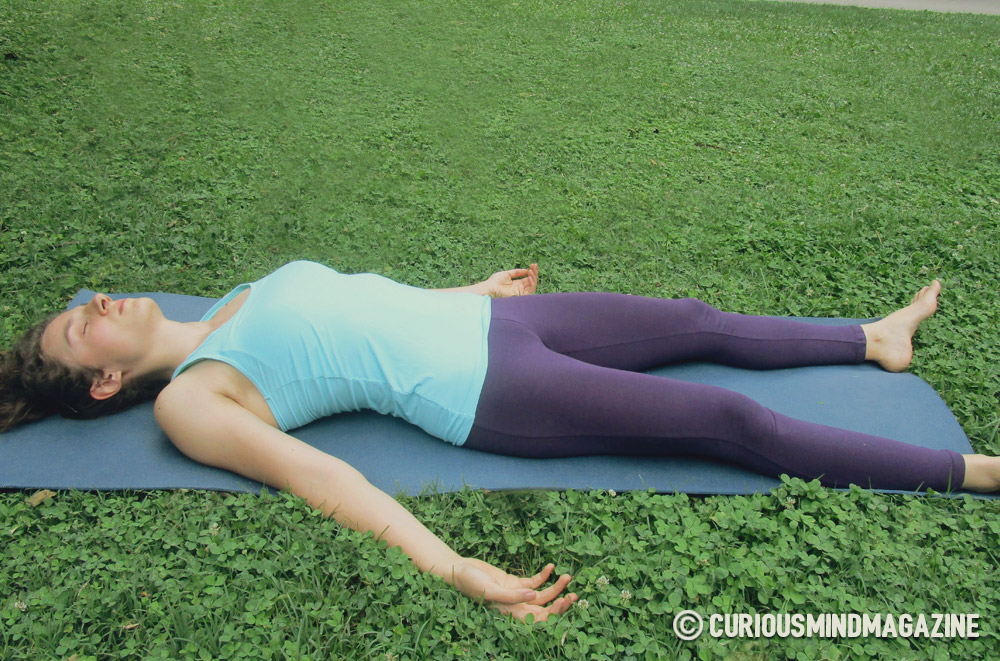
This popular pose is recommended to every beginner because it’s easy and relaxing. Just lie on the back and relax the whole body, placing the arms next to the body, facing the palms up. Hold this position for several minutes.
8. Eagle Pose
This pose is excellent for stress and anxiety relief since it calms the mind and makes it focus on the body. Place your hands in front of you while crossing your legs in a standing position. Try to hold the position at least for 30 seconds on each side.
9. Fish pose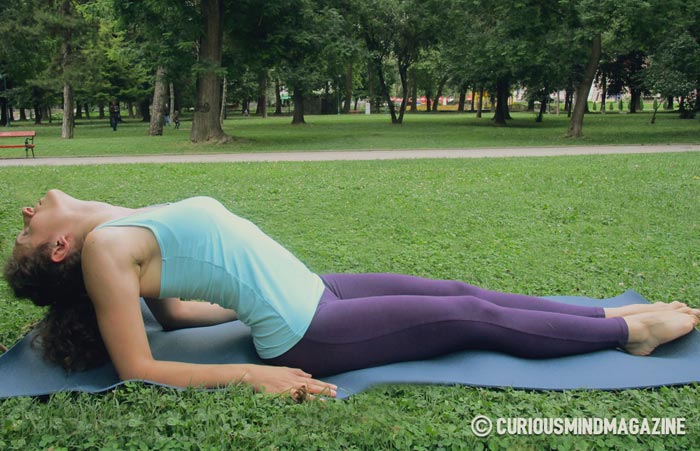
In order to stretch your back and shoulders, hold this position for several seconds. If you find it helpful at the beginning, you can place a blanket to support the neck.
10. Half Moon Pose
Place the foot on the floor while balancing the other leg up, creating an angle of 90 degrees. Hold the position as long as you can and then change the leg.
11. Headstand
Although it might seem difficult at the beginning, this exercise can be mastered with practice. The Headstand pose releases stress and anxiety and makes you focus on your breathing and balance. In the beginning, start doing the exercise with help from someone who will support your legs or use a wall as support.
Please Share.
.

A professional writer with over a decade of incessant writing skills. Her topics of interest and expertise range from health, nutrition and psychology.




